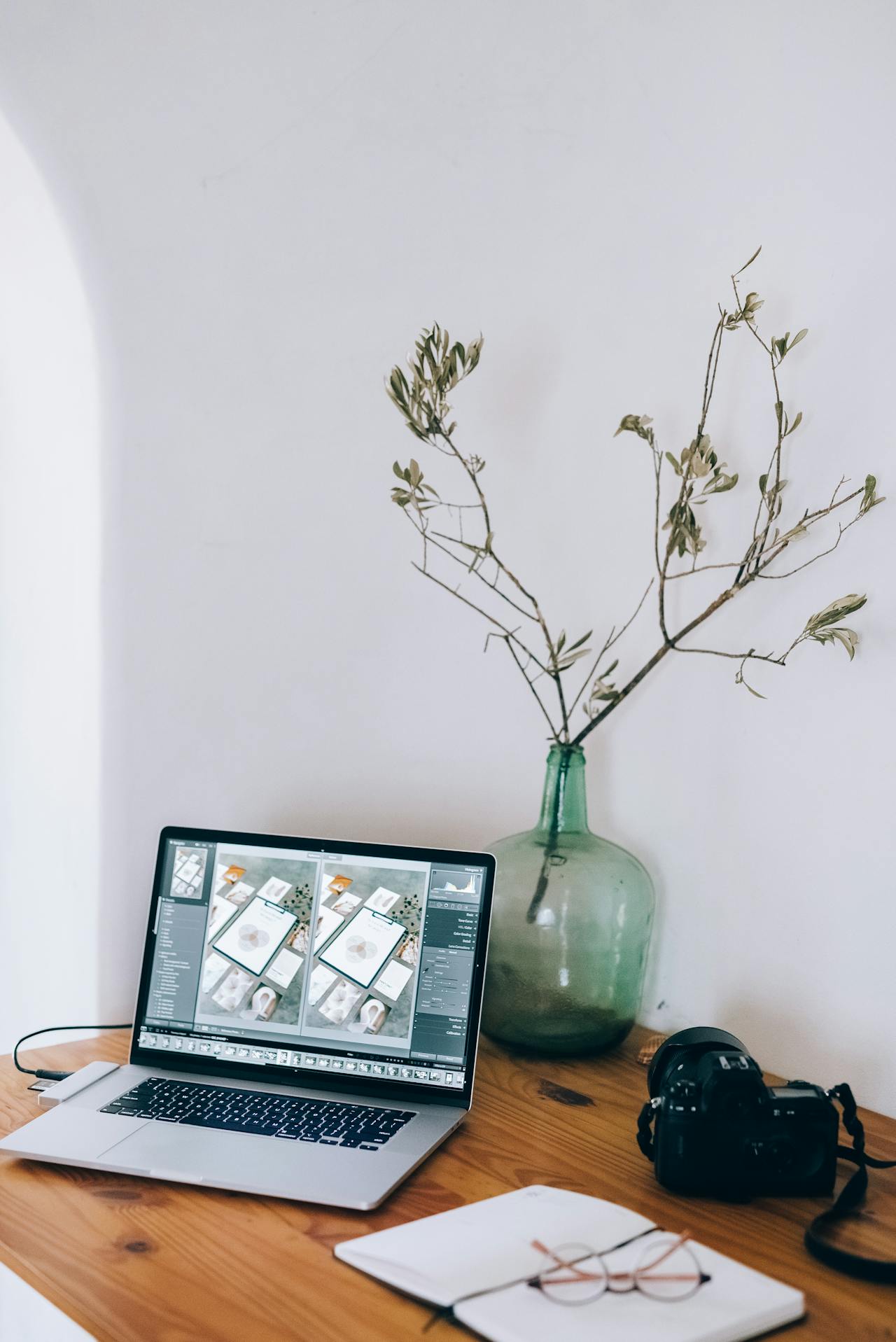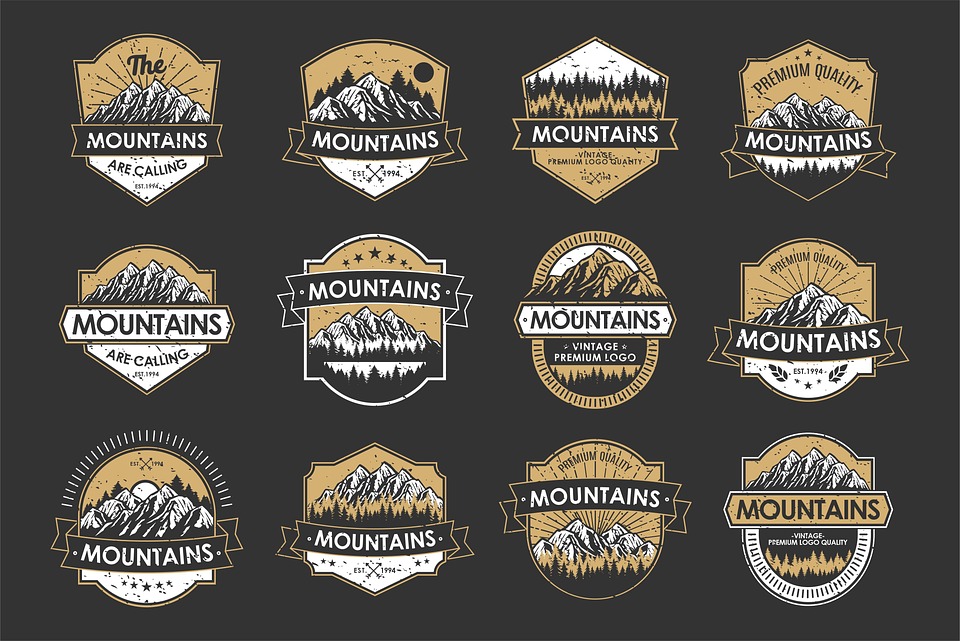In the world of business, first impressions are crucial. Your logo and packaging design play a significant role in shaping those initial perceptions and establishing your brand identity. This guide will explore the importance of effective logo and packaging design, key elements to consider, and best practices to ensure your brand stands out in a crowded marketplace.
What is Logo and Packaging Design?
Logo design is the process of creating a visual symbol that represents your brand, encapsulating its values, mission, and essence in a simple, memorable graphic. Packaging design involves designing the exterior of a product, including its form, structure, materials, color, imagery, typography, and regulatory information. Both elements work together to create a cohesive and appealing brand presence.
Why are Logo and Packaging Design Important?
- Brand Recognition: A well-designed logo and packaging make your brand easily recognizable, helping you stand out in a crowded market.
- Customer Attraction: Attractive and professional designs catch the eye of potential customers and encourage them to choose your product over competitors.
- Brand Loyalty: Consistent and appealing branding fosters trust and loyalty among customers, encouraging repeat purchases.
- Differentiation: Unique designs help differentiate your products from competitors, highlighting what makes your brand special.
- Communication: Effective design communicates your brand’s values, quality, and message to consumers, influencing their purchasing decisions.
Key Elements of Logo Design
- Simplicity: A simple design is easily recognizable and versatile, working well across various mediums and sizes.
- Relevance: The design should reflect your brand’s industry, values, and target audience.
- Memorability: A memorable logo sticks in the minds of consumers, making it easier for them to recall your brand.
- Scalability: The logo should look good and be legible at any size, from a business card to a billboard.
- Color and Typography: Choose colors and fonts that convey your brand’s personality and evoke the desired emotions.
Key Elements of Packaging Design
- Functionality: The packaging should protect the product and be easy to use and store.
- Aesthetics: Attractive design elements like color, typography, and imagery should be used to catch the eye and convey the brand message.
- Information: Include essential information such as product details, ingredients, usage instructions, and regulatory compliance.
- Sustainability: Consider eco-friendly materials and designs that minimize environmental impact, appealing to eco-conscious consumers.
- Brand Consistency: Ensure the packaging design aligns with your overall brand identity, including the logo, colors, and fonts.
Best Practices for Logo Design
- Understand Your Brand: Before designing, have a clear understanding of your brand’s mission, values, and target audience.
- Research Competitors: Analyze competitor logos to identify trends and find opportunities for differentiation.
- Sketch and Conceptualize: Start with sketches and explore different concepts before finalizing the design.
- Get Feedback: Gather feedback from stakeholders and potential customers to refine the design.
- Use a Professional Designer: Invest in a professional designer to ensure a high-quality and polished logo.
Best Practices for Packaging Design
- Know Your Product: Understand the product’s dimensions, weight, and how it will be used to design functional packaging.
- Highlight Unique Selling Points (USPs): Use design elements to emphasize what makes your product unique and better than competitors.
- Consider the Retail Environment: Design packaging that stands out on store shelves and appeals to your target audience.
- Incorporate Clear Branding: Ensure your logo and brand elements are prominently displayed and consistent with your overall brand identity.
- Test and Iterate: Prototype your packaging design and test it with real customers to gather feedback and make improvements.
Conclusion
Effective logo and packaging design are crucial components of a successful brand strategy. They help create a strong first impression, differentiate your products from competitors, and build lasting customer relationships. By focusing on simplicity, relevance, and consistency in your logo design, and functionality, aesthetics, and sustainability in your packaging design, you can create a powerful and cohesive brand presence. Adhering to best practices and continuously refining your designs based on feedback will ensure your brand remains appealing and competitive in the marketplace.





When someone writes an post he/she keeps the idea of a user in his/her mind that how a
user can be aware of it. Therefore that’s why this piece of writing is
amazing. Thanks!
Die Videoaufzeichnungen im Club sind auf Blu-ray Discs, die Bond mit einem Sony-Blu-ray-Player abspielt, und die Monitore des
Bankiers sind vom Typ „Sony SDM-HS95PRS“. Auch Mathis
(Sony Ericsson K700i) und Dimitrios (Sony Ericsson K750i) nutzen Sony-Ericsson-Handys genauso wie der „falsche Polizist“ am Flughafen mit einem Walkman-Modell.
Es sind des Weiteren New-Holland-Baumaschinen, Adobe Photoshop oder die Fluggesellschaft Virgin Atlantic Airways prominent zu sehen.
Mr. White ist in Wirklichkeit ein Terrorist, doch das ist Bond egal, weil er
bei M16 kündigt, um mit Vesper sein Leben in Ruhe zu genießen. Le Chiffre ist raffiniert und weiß, mit wem er es
beim Spielen zu tun. James Bond hat seine Lizenz zum Töten erst kürzlich erhalten und ist ein genialer Kartenspieler,
doch mit ihm geht der Geheimdienst auch ein Risiko ein, da er für seine Hitzeköpfigkeit bekannt ist.
References:
https://online-spielhallen.de/alles-zur-tipico-casino-auszahlung-schnell-sicher-und-transparent/
Schlafzimmer Bei trivago ist der Hotelpreisvergleich zuverlässig, transparent und einfach.
Dies macht es zu einer idealen Wahl für Besichtigungstouristen und Architekturbegeisterte, die die Gegend erkunden möchten, sowie für
Paare, die einen romantischen Urlaub mit malerischen Kulissen suchen. Seine erstklassige zentrale Lage mit Blick auf die
Bucht und den Hafen wird immer wieder hervorgehoben und bietet einen Panoramablick
und einen einfachen Fußweg zum Stadtzentrum und zu den Sehenswürdigkeiten. Das Hotel besticht durch
seine atemberaubende Oscar-Niemeyer-Architektur, die von vielen Gästen als einzigartiges und unvergessliches Merkmal
beschrieben wird und eine unverwechselbare Ästhetik der 1960er/70er Jahre bietet, die sowohl grandios als
auch gut gepflegt ist.
Für diejenigen, die sich sportlich betätigen möchten, steht ein mit modernen Geräten ausgestatteter Fitnessraum zur Verfügung.
Der Entspannungsbereich umfasst einen Jacuzzi, ein türkisches Bad und eine Sauna,
die einen kompletten Raum zur Erneuerung von Körper und Geist bieten. Der
Pool auf der Dachterrasse, der Personen über 16 Jahren vorbehalten ist, ist der ideale Ort, um ruhige Momente unter der
Sonne Madeiras zu genießen. Halten Sie bei einer Bootstour Ausschau nach Walen und Delfinen und
genießen Sie bei einem Zwischenstopp in einer
der zahlreichen Buchten die herrlichen Kontraste, die das Grün dieser wunderschönen Insel mit dem Blau des Meeres bildet.
Es befindet sich direkt am Kreuzfahrthafen in der Bucht von Funchal,
nur fünf Minuten zu Fuß vom Stadtzentrum und dem Mittelpunkt des gesellschaftlichen und kulturellen Lebens entfernt.
References:
https://online-spielhallen.de/den-plinko-casino-promo-code-finden-ihr-weg-zu-extra-spielspas-und-lukrativen-boni/
Bingo has breathed new life into the age-old game of chance, allowing players to join the excitement from their computers or mobile devices.
Whether you’re a novice or a seasoned player, online baccarat
offers an intriguing mix of simplicity and strategy.
Slots, locally known in Australia as online pokies or fruit machines, have
become a beloved staple of the digital gambling world.
We break down everything you need to know so you can dive right in and start
playing at the best casino sites. At Sun Vegas Casino,
we’ve got you covered with awesome guides to all the most popular casino games.
Prepaid cards or voucher systems like PaySafeCard are a handy
and secure way to top up your online casino account.
You might wonder what gives us the credibility to rank these online casinos and
include them on our lists in the first place.
Choose one of the casinos from the list and start playing your favourite games today!
Basically, even if you’ve never played casino games online in Australia, you will have all
the information you need right here on this site.
The games you can find are powered by some of the most renowned
software developers in the business, so you can rest assured
that you’ll be getting top-quality online casino entertainment.
We have also including guides to everything you need to know about online gambling from banking to live dealer casinos, as well as
all the latest news from Australia regarding the gambling scene.
Some casinos also provide dedicated account managers for
their VIP players. Cashback bonuses are a great way to recover a portion of your losses and keep your gameplay
going longer. They’re an excellent way to try
new games and potentially win real money without financial risk.
References:
https://blackcoin.co/welcome-to-casino-motor-inn/
Victoria’s capital, Melbourne, is a vibrant modern day city that
offers something for everyone, not least the magnificent
Crown casino. Home to the world famous opera house and
Harbour Bridge, the city also plays host to the only casino in NSW.
Australia boasts a vibrant landscape of land-based casinos,
offering diverse experiences across its vast territory.
Gambling laws in Australia require individuals to be at least 18 years old to enter a casino.
However, the Australian casino scene extends beyond the Crown umbrella.
These establishments cater to both local and international visitors,
often exceeding the expectations of a mere gambling
venue. Vote for your favorite Australian casino in the comment section below for a chance to
win a FREE trip to Las Vegas! Trust in our curated selections to elevate your gamingadventure.
With TheCasinos.com, enjoy the premier online guide reference.
References:
https://blackcoin.co/best-skrill-casinos-for-uk-players/
Most Aussie casinos
offer welcome packages and other promos, but finding a no
deposit bonus code is pretty special. No deposit bonuses are
real money bonuses you can get without making a deposit at an online casino.
Most casinos only allow you to fulfil wagering requirements on specific game types so in order to quickly fulfil the requirements,
make sure you’re playing eligible games. A no deposit bonus can feel like a great deal—free money to try out new
casinos and games without any risk.
No deposit bonuses can be part of a welcome bonus for new players.
From time to time, online casinos may include a no deposit
bonus in their promotions. The bonuses can provide players with
a risk-free experience while trying out a new online gambling site or
returning to a known venue. If you are new to the world of online casinos you can use the practice of claiming a few bonuses as a sort
of trail run.
paypal casinos for usa players
References:
hrzoom.ca
online casino real money paypal
References:
job-bee.com
online casino uk paypal
References:
futuremanager.nl
casino online paypal
References:
hyojun.co.kr
paypal casino android
References:
https://healthcarejobies.com/employer/40-best-australian-online-casinos-for-real-money-in-december-2025/